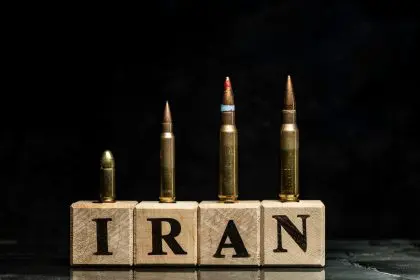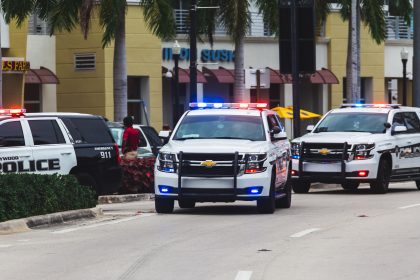Runaway or kicked-out children face numerous challenges, from finding shelter to securing food and safety. Unfortunately, these vulnerable young individuals often encounter people who exploit their circumstances. Understanding the types of individuals who prey on these children is crucial for prevention and protection. This article explores seven types of people who take advantage of runaway or kicked-out children, shedding light on their tactics and the dangers they pose.
1. Predatory adults
One of the most alarming types of individuals who take advantage of runaway or kicked-out children is predatory adults. These people often approach vulnerable youth with promises of food, shelter and care, only to exploit them for their own gain. Predatory adults may engage in various forms of abuse, including physical, emotional and sexual exploitation. They often manipulate children by creating a sense of dependency, making it difficult for the child to escape their control.
2. Human traffickers
Human traffickers are another dangerous group that targets runaway or kicked-out children. Traffickers seek out vulnerable youth to exploit them for labor or sex trafficking. They use coercion, deception and force to control their victims, trapping them in a cycle of exploitation. Human traffickers often lure children with false promises of employment, education or a better life, only to subject them to horrific conditions.
3. Gang members
Gangs frequently prey on runaway or kicked-out children, viewing them as easy recruits. These children — desperate for a sense of belonging and protection — may join gangs to find the family and security they lack. Gang members take advantage of this vulnerability, using children for illegal activities such as drug trafficking, theft, and violence. Once involved in gang life, escaping can be incredibly difficult and dangerous.
4. Drug dealers
Drug dealers often exploit runaway or kicked-out children by getting them addicted to drugs. Once a child is dependent on substances, dealers can easily manipulate them into performing illegal activities in exchange for their next fix. This dependency creates a cycle of addiction and exploitation that is hard to break. Drug dealers may also use children as runners or distributors, exposing them to further danger and legal consequences.
5. Abusive partners
Some runaway or kicked-out children may find themselves in relationships with abusive partners. These individuals exploit the child’s need for love and support, using emotional and physical abuse to maintain control. Abusive partners often isolate the child from potential sources of help and manipulate them into believing they have no other options. This form of exploitation can have long-lasting psychological effects on the victim.
6. Opportunistic criminals
Opportunistic criminals take advantage of runaway or kicked-out children by exploiting their desperate circumstances for personal gain. This can include theft, forcing children into begging or involving them in other illegal activities. These criminals see vulnerable children as easy targets who are unlikely to report the crimes or seek help from authorities. The exploitation by opportunistic criminals further marginalizes these children, making it even harder for them to find a safe and stable environment.
7. Unscrupulous employers
Unscrupulous employers exploit runaway or kicked-out children by offering them jobs under unfair and illegal conditions. These employers take advantage of the child’s need for money and shelter, often paying them below minimum wage, subjecting them to long hours and providing unsafe working conditions. The lack of legal protections and fear of retaliation prevent many exploited children from reporting these abuses, trapping them in exploitative labor situations.
Combating the advantage taken by exploiters
The exploitation of runaway or kicked-out children by various types of individuals is a grave issue that requires urgent attention. Understanding the tactics used by predatory adults, human traffickers, gang members, drug dealers, abusive partners, opportunistic criminals and unscrupulous employers can help in creating effective prevention and intervention strategies. Society must come together to protect these vulnerable children, offering them the support and resources they need to escape exploitation and build a brighter future.
By raising awareness about these seven types of people who take advantage of runaway or kicked-out children, we can work towards a safer and more supportive environment for all youth. It is crucial to provide comprehensive services, including safe housing, education and counseling to help these children recover and thrive. Only through collective effort can we ensure that no child is left to face such dangers alone.
This story was created using AI technology.

















